History
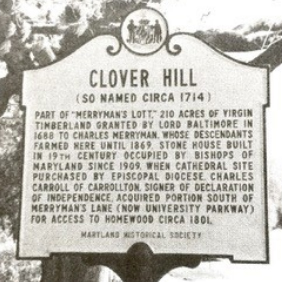
A National Historic District
Tuscany-Canterbury is one of Baltimore’s registered historic neighborhoods. It lies on land known in the 18th century as Merryman’s Lot and in the 19th century as Clover Hill. Merryman’s descendants divided and sold the Clover Hill farm in 1865 and 1869. The first development, University Homes, was built between 1916 and 1920 on Cloverhill and Canterbury. Tuscany-Canterbury continued to grow into a charming, eclectic mix of individual housing, apartments and condominiums. Most characteristic of the neighborhood are its gracious town homes that date back to the 1920’s. The neighborhood remained nameless until 1965.
What we know today as Tuscany-Canterbury developed slowly over a quarter of a century. Clover Hill dates back to 1714.
Early History 1629 - 1900
1629 King Charles 1 granted George Calvert land North of Virginia
1688 Initial Land Grant – Clover Hill Estate
1799 Paradise Mill located within the boundaries of Tuscany-Canterbury
1869 Shift from gentry to tradesmen
Late 19th Century Suburbanization begins. Canterbury and Cloverhill laid out in lots
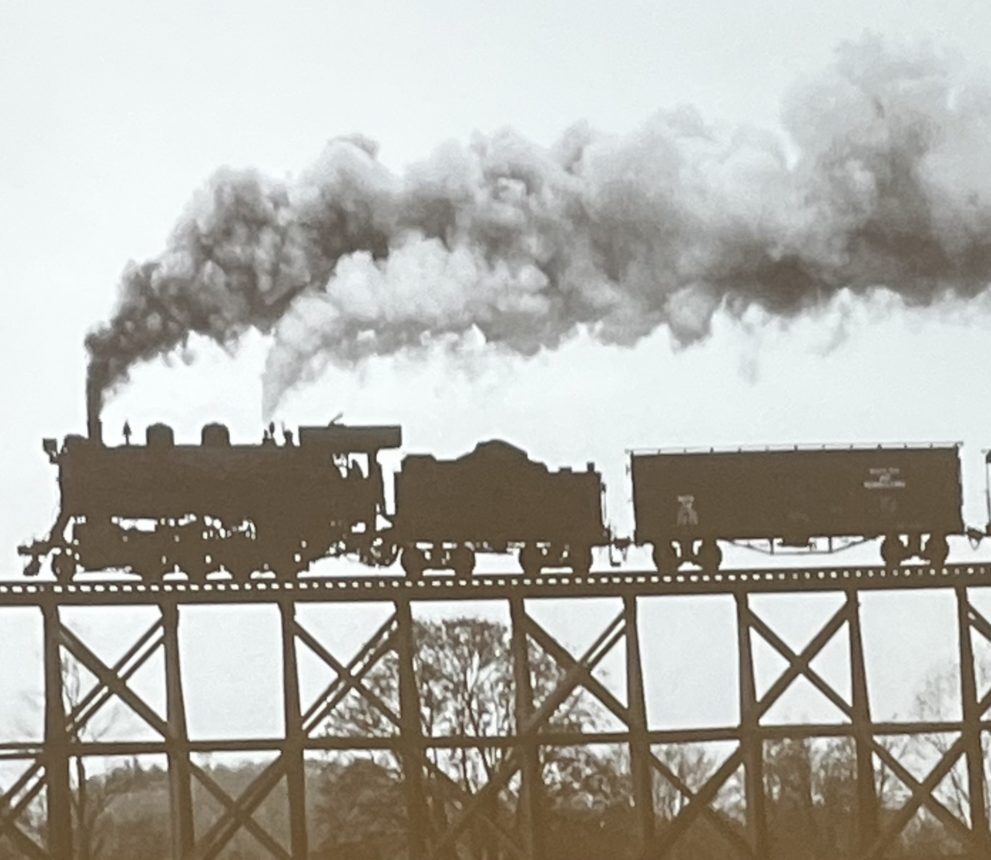
Ma and Pa Railroad 1901-1954
|
|
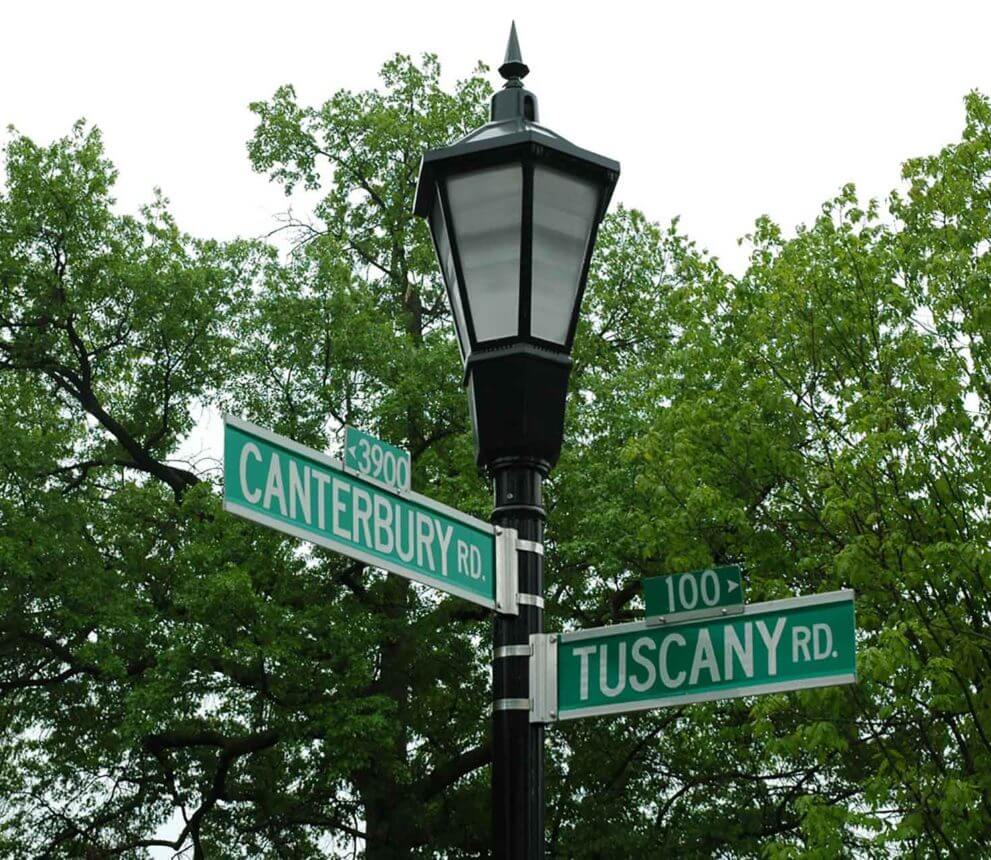
Building a Neighborhood: The Golden Triangle 1914-1945
Tuscany-Canterbury as it is known today was built mostly between the two world wars. Its enviable near-downtown location and suburban character attracted families, retired people and Hopkins students and faculty. Education facilities met every need, from kindergarten through post-graduate years. There was attractive living space for virtually everyone. Little wonder realtors soon dubbed it the “Golden Triangle.”
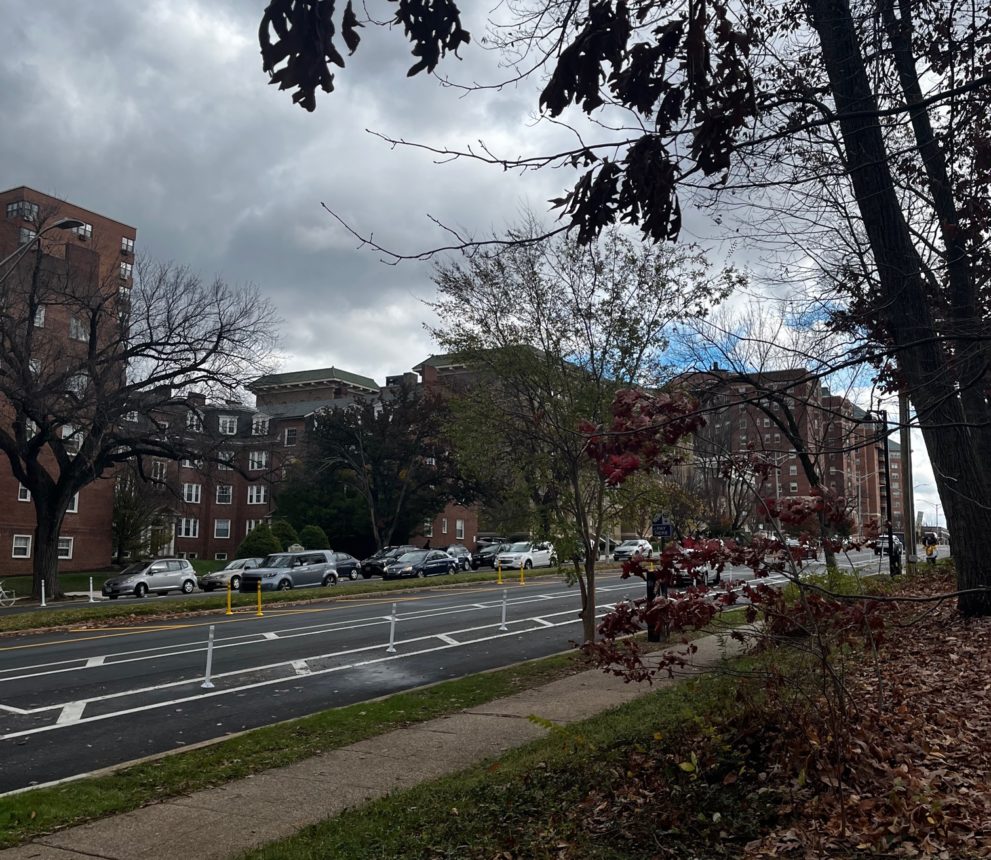
University Parkway (Merryman's Lane)
University Parkway forms the Southern boundary of Tuscany-Canterbury.
2 W University Parkway, Guilford Manor( 1919 )
4 W University Parkway, The Colonnade (1988)
100 W University Parkway, 100 West(1916)
102 W University Parkway, First Church of Christ, Scientist(1912)
104 W University Parkway (1914), and 106 W University Parkway (1920)
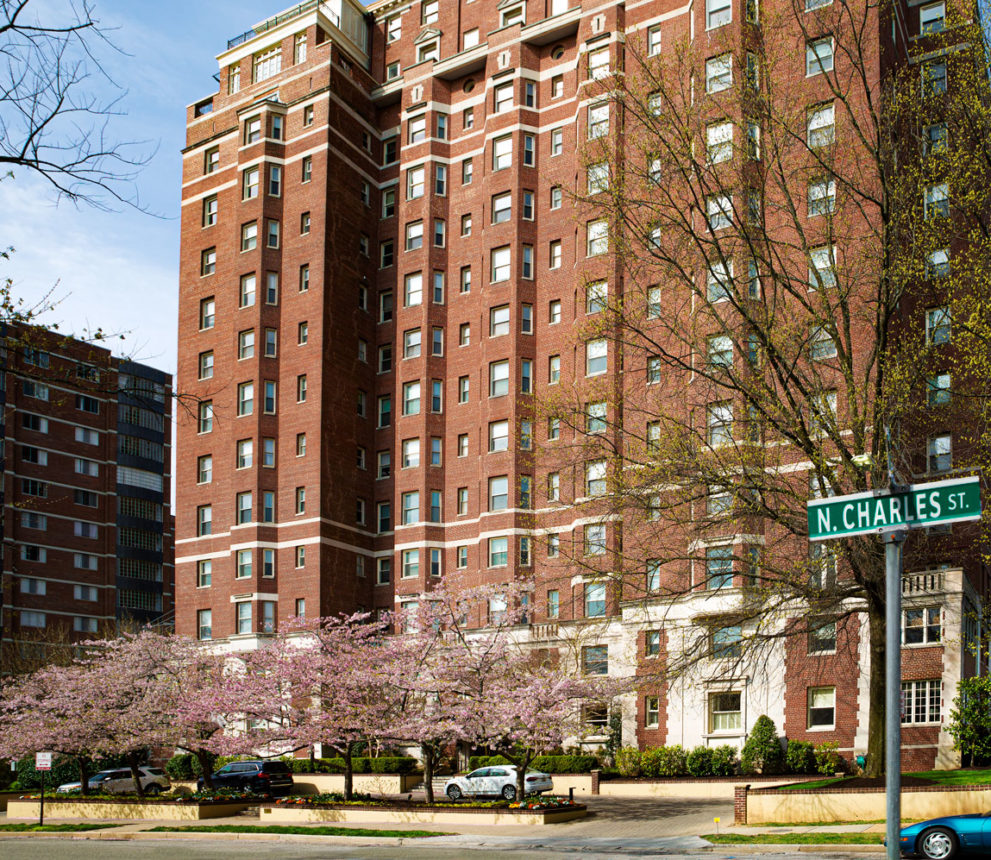
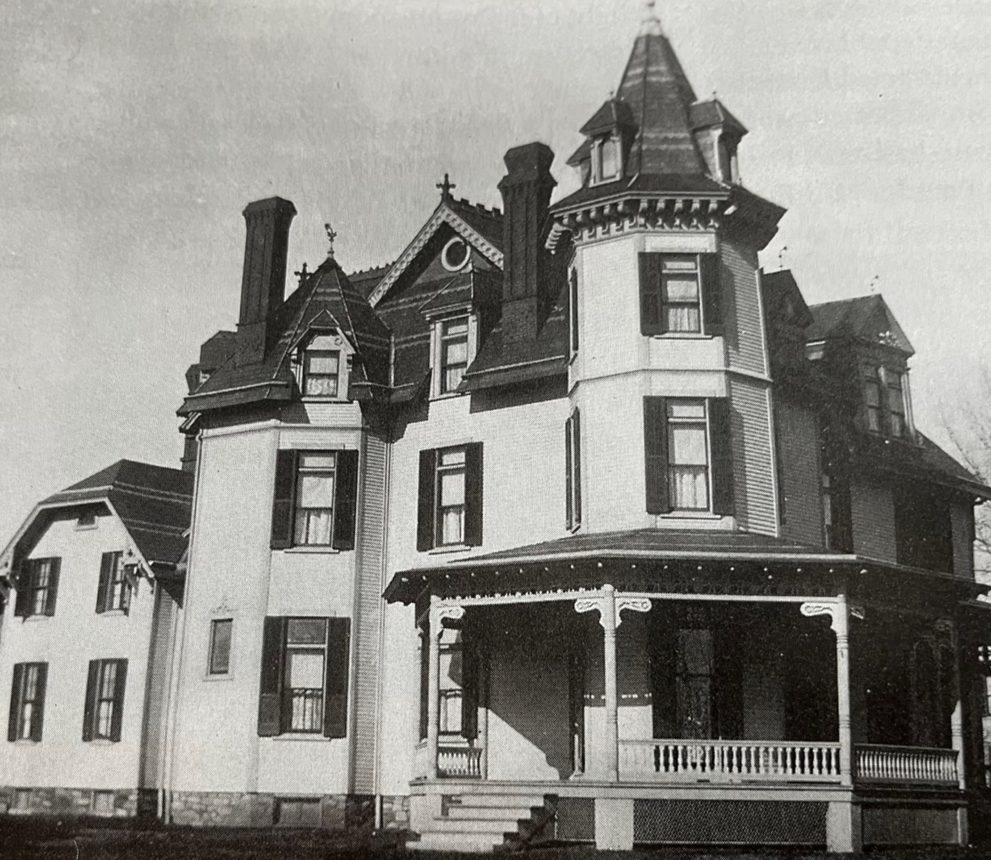
3900 N Charles Street, The Cambridge (1961); The Social (Renovated 2018)
3908 N Charles Street, The Hyde Mansion (1880’s), The Warrington (1928)
4100 N Charles Street, The Mallory Estate (aka the haunted house), a motor house proposed (1970), Winthrop House (1975)
4200 Block N Charles Street, (1928-1949 )(homes, apartments, condominiums, former fraternity house).
4300 North Charles Street 4300 Garden Apartments (1965, demolished 2004 for Calvert School)
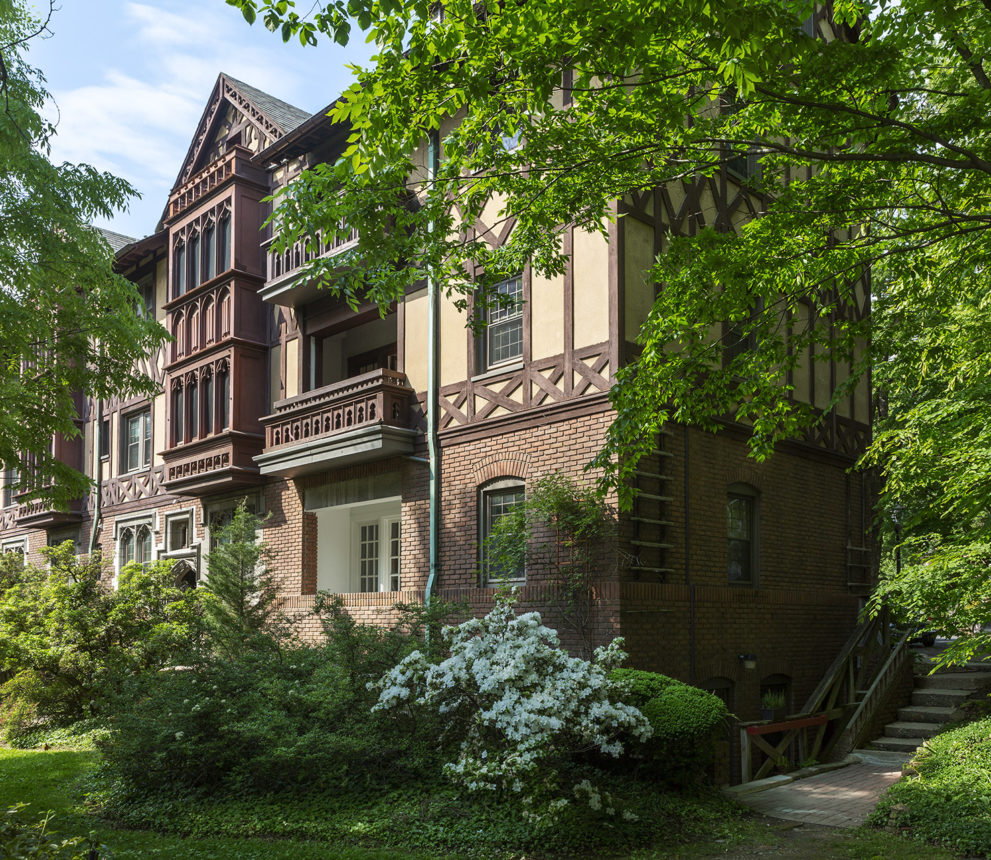
Inner Core Residential Buildings
100 W 39th Street Canterbury Hall (1912)
101 W 39th Street, The Hamlyn (Late 1920’s)
103 W 39th Street, The Hamilton (Late 1920’s)
104 W 39th Street, Berkeley House (1920)
105 W 39th Street, The Broadview (1950)
106 W 39th Street, The Ascot House(demolished 1978) See National Historic District
108 W 39th Street, Woodcliffe Country Home, Richard Capron (1874), Home of the Presidents of Johns Hopkins University, Woodcliffe Manor (1952)
110 W 39th Street, The Hopkins House (1970)
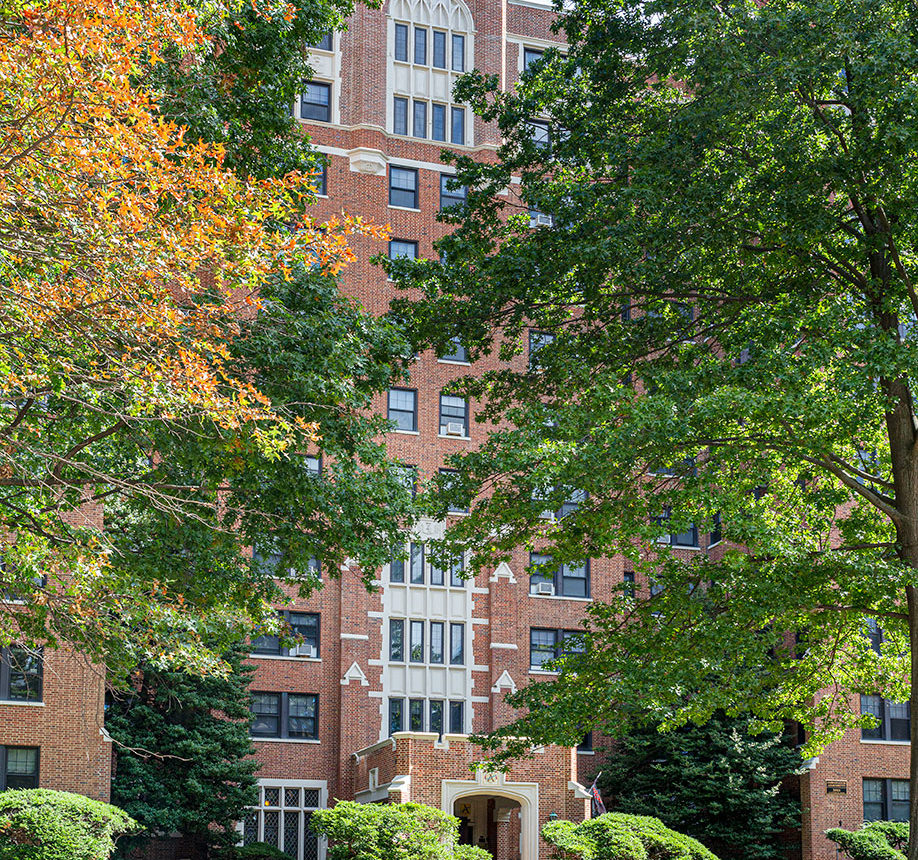
University Homes, 3900 block of Cloverhill and Canterbury Rds., Unit Block 39th St.
Construction occurred between 1917-1920 building the University Homes on Cloverhill and Canterbury. People moved into University Homes without much of an idea of how the surrounding area would develop. The great mansions on Charles Street Ave were still there and eight or ten apartment houses had been constructed in the area. The row houses were convenient and affordable, close to transportation and thus attractive to future homeowners. MORE
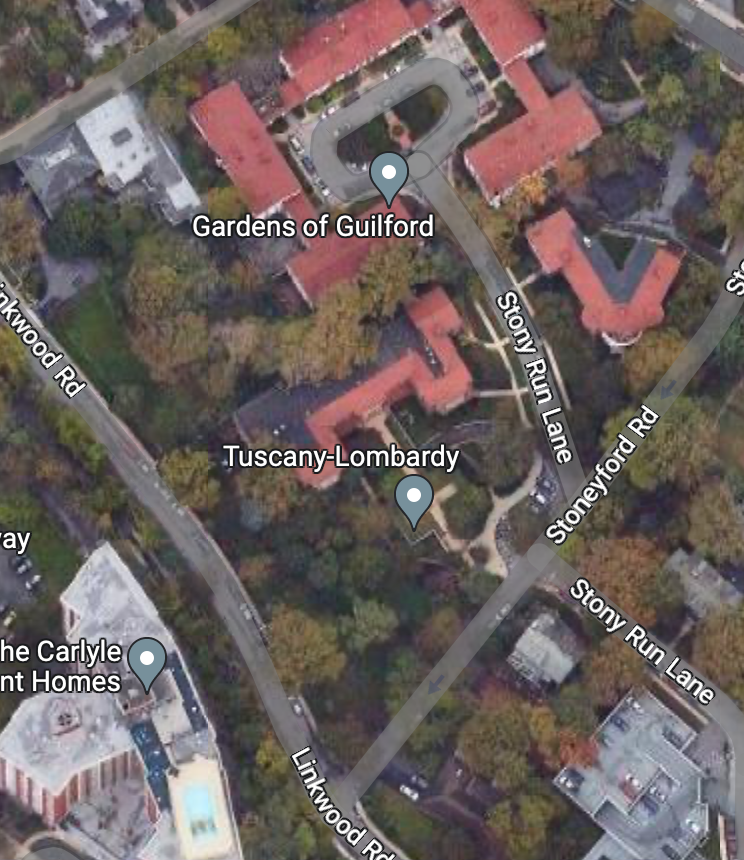
Stony Run Lane and Area 1915-1922
Tuscany Lombardy Community Corporation (TLCC) (1915)
Architect Clyde Friz constructed three apartment houses on part of the land he had purchased from the University Parkway Company in 1913. These buildings were situated in a secluded, almost hidden enclave of the neighborhood.
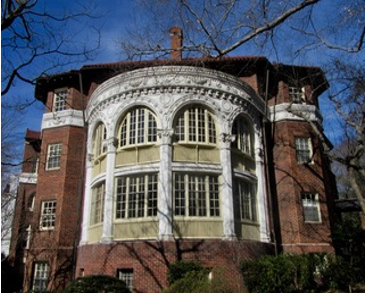
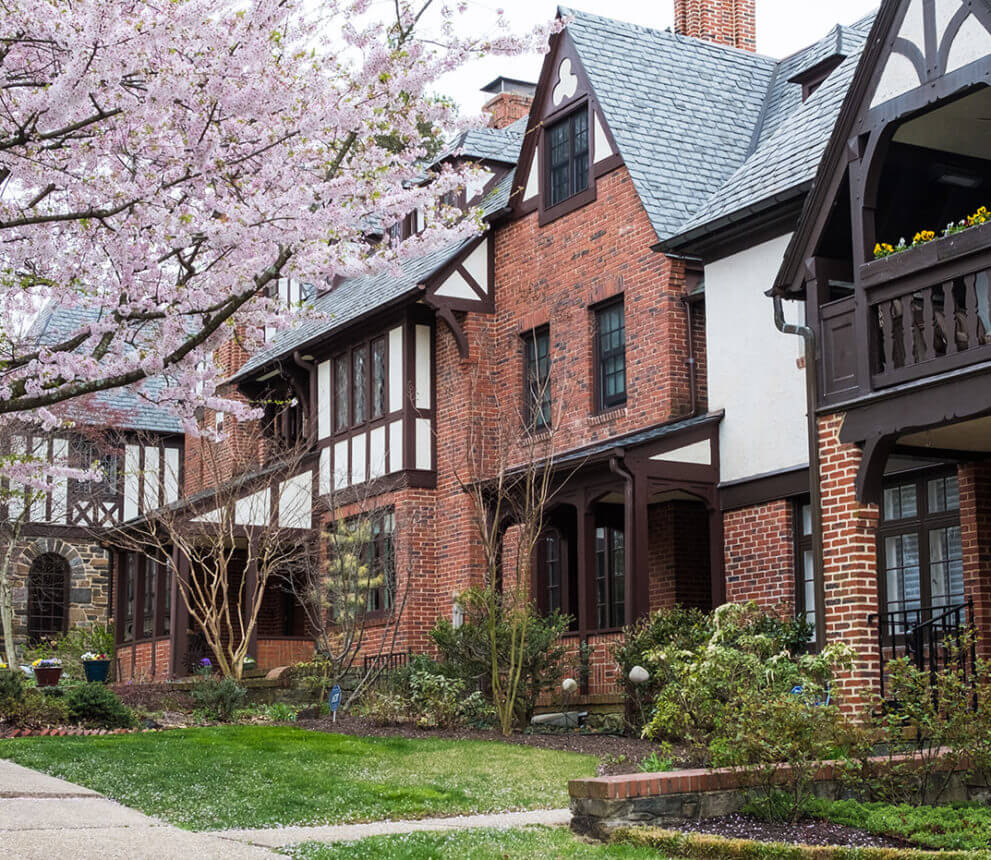
Tuscany and Ridgemede Area
100 Tuscany Road, Benesch Home (1924), Converted to apartments (1960)
Castalia –see National Historic District
Ridgemede Apartments (1940) ; Ridgewood Apartments (1966);
Ridgemede and Ridgewood apartments converted to condominiums (1991)
Townhouses on Tuscany, Ridgemede (late 1920)
Linkwood Rd. home of Clyde Friz (1925)
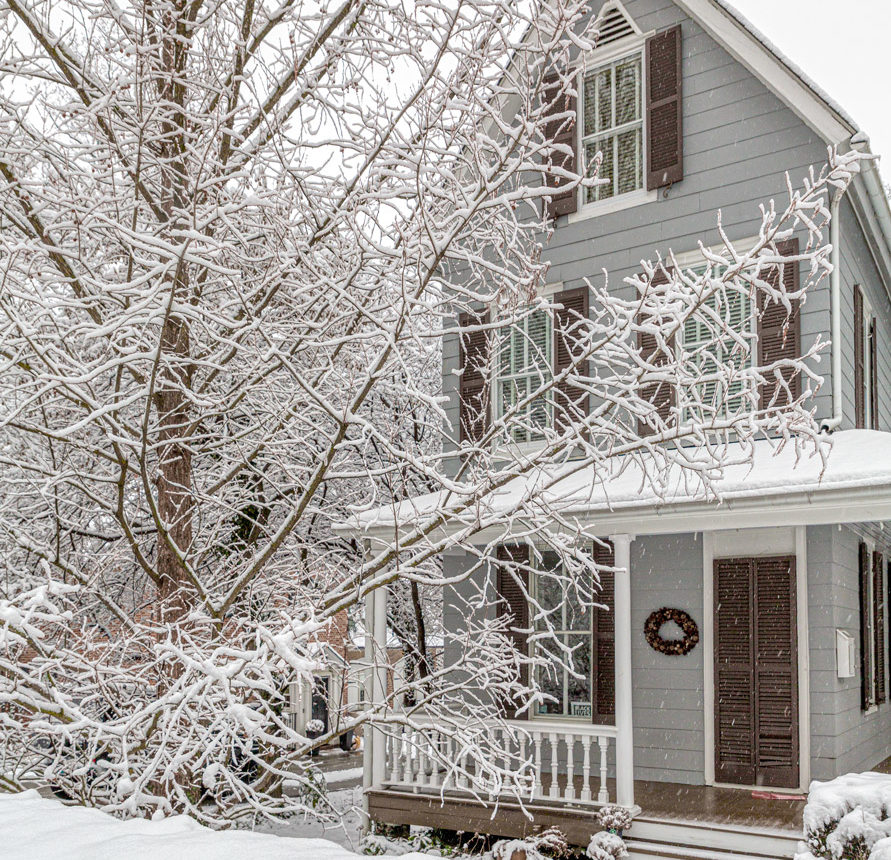
West Highfield Road
The short stretch of Highfield Road between Charles St and Canterbury Road has three beautiful and historic homes:
The oldest remaining house in the neighborhood (1892)
The home of Laurence Hall Fowler(1925)
6 West Highfield Rd [1930 house; 1965 TEP Fraternity; 1994 Proposed Nursing Home; 1996 Restored as a Single Family Home.
Warrenton Road, Northern Boundary
Warrenton Road, the Northern boundary of Tuscany Canterbury, has an interesting history.